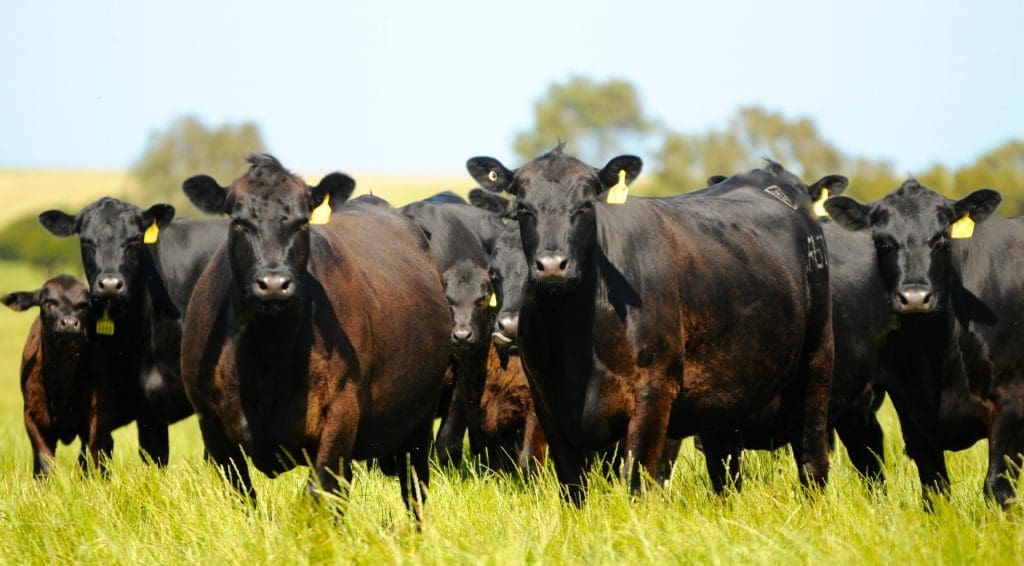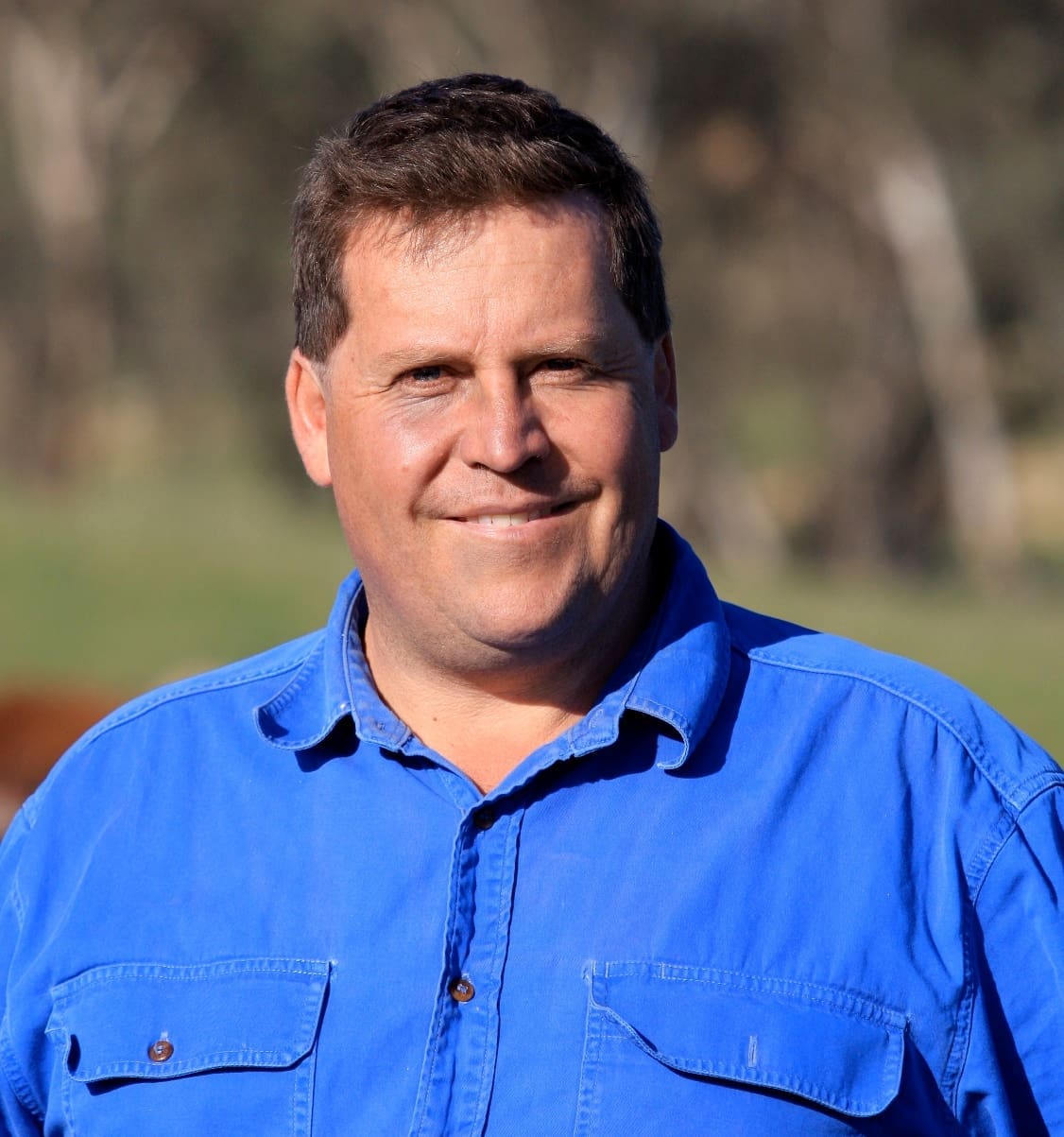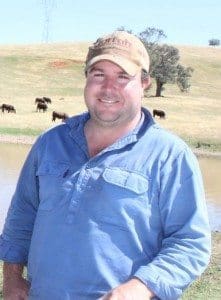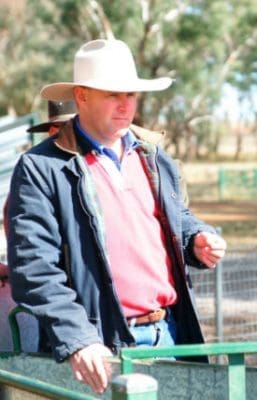
THE final week of January is traditionally seen as the starting point for the southern autumn bull selling season. Despite the ongoing presence of bushfires in many southern areas, the annual southern beef weeks still took place with many seedstock producers opening their gates and displaying this year’s line-up of sires.
The impact of the widespread fires has compounded the ongoing drought conditions for much of eastern Australia. Given these two major factors, as well as increased global nervousness due to coronavirus in China, many producers have pondered what the outlook for the coming bull selling season is.
The reduction in breeder numbers across the country, but particularly in southern areas will be a key issue for many bull breeders this year. Several seedstock producers commented on the fact that the reduction in cow numbers in all breeds has resulted in a potential oversupply of bulls ahead of the 2020 joining season.
This in turn places significant pressure on bull breeders, as commercial clients have the opportunity to be much more selective in their sire choices and to seek out the particular traits they desire for their programs.
On the upside, parts of NSW, Queensland and Victoria have received welcome rain in the past month, helping inject an element of confidence, and for some, thoughts of herd recovery heading into February and March. Cattle prices have surged across eastern states as a result, and nothing fuels bull buyer confidence more than a healthy commercial cattle market.
Here’s what some bull breeding stakeholders had to say about the prospects for the season ahead:

Ian Locke
Ian Locke of Wirruna Herefords in southern NSW identified cow size as a key focus for producers, following several years of drought conditions. He felt many producers would be looking more closely at mature size, and that clients may “be looking for more positive genetic fat, more maternally-efficient female replacements and for those that can, produce steers that can possibly finish on grass.”
He said the messages surrounding eating quality were being “well and truly heard” by beef producers. “They are actively looking for higher marbling genetics in their bull purchases.”

Herefords Australia president Bill Kee
Principal of Warringa Herefords, Bill Kee reflected these observations, in describing his clients’ interests following this year’s Beef Week Open Day last month.
“Despite the 440C heat recorded, we still had a lot of visitors who had travelled to inspect cattle closely, particularly our younger bulls. Part of this was driven by increased awareness of the need to improve IMF without compromising other traits that are of importance in their herd,” he said.
Mr Kee suggested that many producers now used BreedPlan to make their initial decisions, before close inspection of selected animals.
Producers are more closely considering which bulls best suit their breeding objectives and production systems, and then working hard to find the bull that will give the best bang for their buck,” he said.
Broader trends
These comments reflect several broader trends among stud principals, who highlighted the increased interest among commercial producer clients in improving eating quality. The uptake of MSA index values was a factor that several mentioned as being a key selection criteria among producers ahead of this year’s bull sales. It also reflects a trend among producers to undertaking greater research into sires that may suit their individual programs.
Deanne and Peter Sykes of Marrawarra Genetics in Victoria echoed the increased interest in selection for IMF values, and highlighted the research they see producers undertaking to consider the genetics of sire lines.
“We are seeing the majority of our clients researching sires they buy in more detail. There is greater analysis of data and many are seeking the opportunity to seek our views on sire lines with a view to maximising the profit they can achieve from their investment,” Mr Sykes said.
The focus on eating quality without compromising other traits including growth is not restricted to the eastern states. Mike and Julie Introvigne from Bonnydale Black Simmentals south of Perth highlighted the importance being shown among their clients in improving IMF percentages, while maintaining a focus on calving ease, structural soundness and muscling in their bulls.
“While we have always had a strong focus on muscling, but in recent years we have been paying more attention to IMF in order to balance carcase attributes,” he said.
Emphasis on calving ease as cow age profile reduces

Marc Greening
The influence of the drought has been seen not only on the number of breeders within herds, but on the structure within many herds. As Marc Greening of Injemira Herefords noted, “many producers have focussed on retaining their younger females, and in particular their heifers.
“As a result, bull buyers with an eye to the future will most likely be looking for calving ease bulls to join to an increased number of heifers than they may normally join,” he said.
A common view among all bull breeders is the belief that this year, producers seeking bulls will be much more closely focussed on proven genetic potential.
The use of Indexes and high accuracy EBVs to guide initial inspection decisions appears to be increasingly standard practice. At the same time, Ian Locke and Mike Introvigne emphasised the importance of assessing and maintaining structural soundness in order to maintain a bull for a longer working life.
Given these assessments, 2020 looks to be a year where commercial breeders will have a broader choice of bulls to use within their herds. However, it is likely the competition for the sires with greater genetic potential and accurate EBV data will be the highest.
Have we listed your autumn 2020 bull sale details?
Beef Central is compiling its 2020 autumn bull sales calendar, featuring sales fixtures nationwide across all major beef breeds being held between now and June. Data is being compiled from breed society records and numerous other sources, but it might pay for studmasters and sale administrators to check our current directory page to make sure their sale is included, and accurately represented. Note that the spring 2020 sales directory will be compiled from mid-year. If details for your autumn 2020 sale do not show up using the page’s search function (click here to access) please use this advice panel to send us information to update our records and add to the directory. We will remind readers about this free bull sales promotional service again in coming weeks.

Alastair Rayner
Genetics Central editor Alastair Rayner is the Principal of RaynerAg, an agricultural advisory service based in NSW. He regularly attends bull sales to support client purchases and undertakes pre-sale selections and classifications. He can be contacted here or through his website www.raynerag.com.au



HAVE YOUR SAY